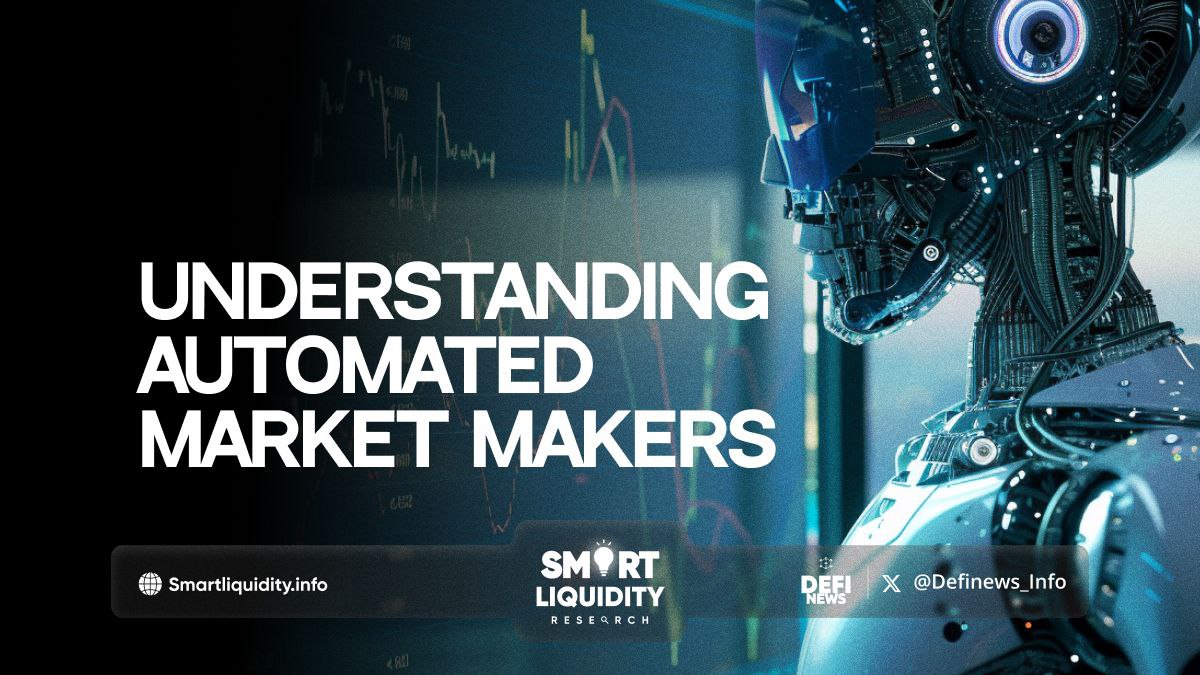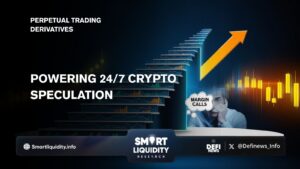Understanding Automated Market Makers


Understanding Automated Market Makers (AMMs)! Automated Market Makers (AMMs) have revolutionized the way trading occurs in the decentralized finance (DeFi) ecosystem. By eliminating the need for traditional order books, AMMs provide a more efficient, decentralized, and user-friendly approach to liquidity provision.
In this article, we’ll dive into the mechanics of AMMs, their benefits, and their role in the DeFi space.
What are Automated Market Makers?
Automated Market Makers are a type of decentralized exchange (DEX) protocol that relies on mathematical formulas to price assets. Instead of using a traditional order book where buyers and sellers place orders, AMMs use liquidity pools. These pools are funded by users who deposit pairs of tokens, creating a source of liquidity for traders.
How Do AMMs Work?
AMMs utilize smart contracts to facilitate trades directly from liquidity pools. The most common formula used by AMMs is the constant product formula, represented as x×y=kx \times y = k, where xx and yy are the quantities of two tokens in the pool, and kk is a constant. This ensures that the product of the quantities remains the same, adjusting prices according to supply and demand.
For example, if a trader wants to swap token A for token B, they would add token A to the pool and remove an equivalent value of token B, based on the pool’s current ratio. This mechanism adjusts the price dynamically, providing liquidity even in the absence of a direct counterparty.
Benefits of AMMs
- Decentralization: AMMs operate on blockchain networks, eliminating the need for central authorities. This reduces the risk of censorship and enhances transparency.
- Liquidity Access: Anyone can provide liquidity and earn fees, democratizing the market-making process.
- Constant Liquidity: AMMs ensure continuous liquidity, as trades are always executed against the pool, not individual orders.
Popular AMM Protocols
- Uniswap: One of the pioneers in the AMM space, Uniswap uses the constant product formula and has a large number of liquidity pools for various token pairs.
- Balancer: Allows for custom-weighted pools and multiple assets, providing greater flexibility for liquidity providers.
- Curve Finance: Specializes in stablecoin trading, offering low slippage and efficient trading for stable assets.
Risks and Challenges
While AMMs have numerous advantages, they are not without risks. Impermanent loss, a situation where liquidity providers may incur losses due to price volatility, is a notable concern. Additionally, the potential for smart contract vulnerabilities can pose security risks.
The Future of AMMs
As DeFi continues to grow, AMMs are likely to evolve with more sophisticated algorithms and improved user interfaces. Innovations such as layer 2 solutions and cross-chain liquidity pools are expected to enhance scalability and accessibility.
Conclusion
Automated Market Makers are a cornerstone of the DeFi ecosystem, enabling decentralized, efficient, and continuous trading. Understanding their mechanics and benefits can help users navigate the DeFi landscape more effectively and capitalize on the opportunities within this innovative space.




